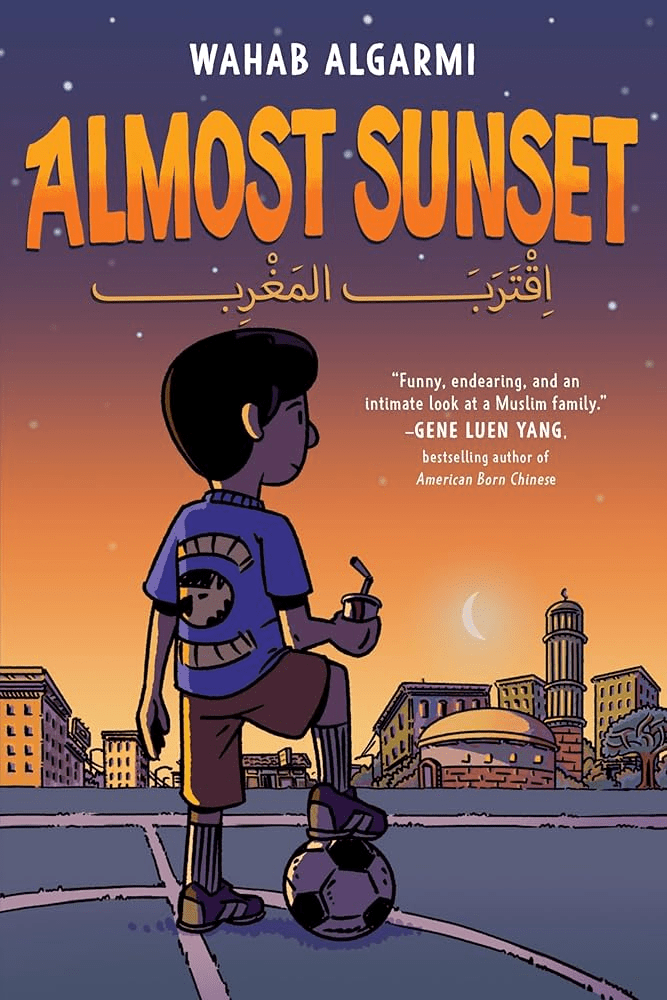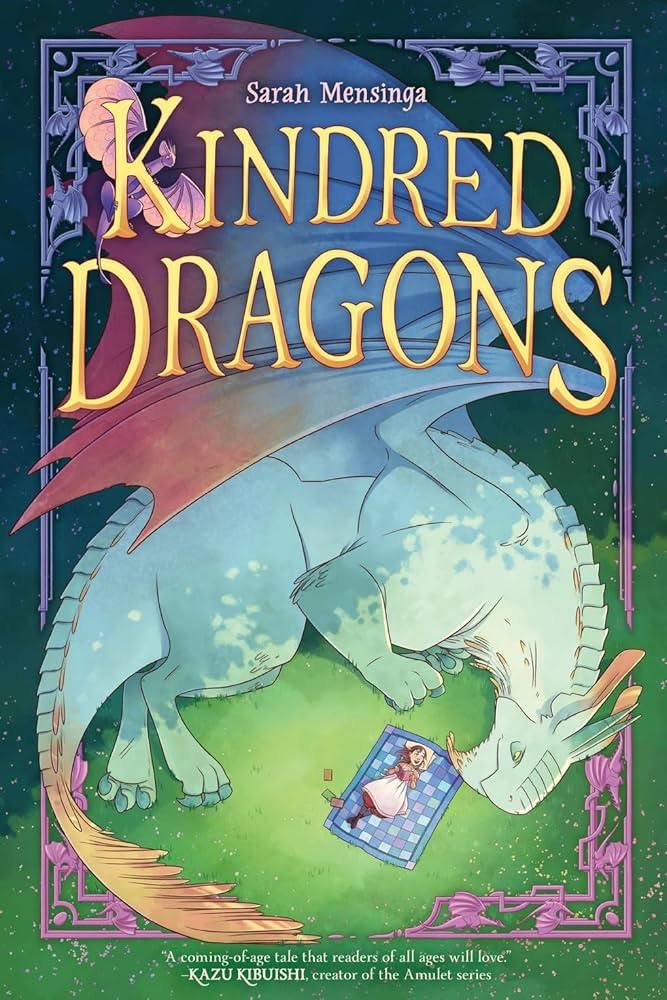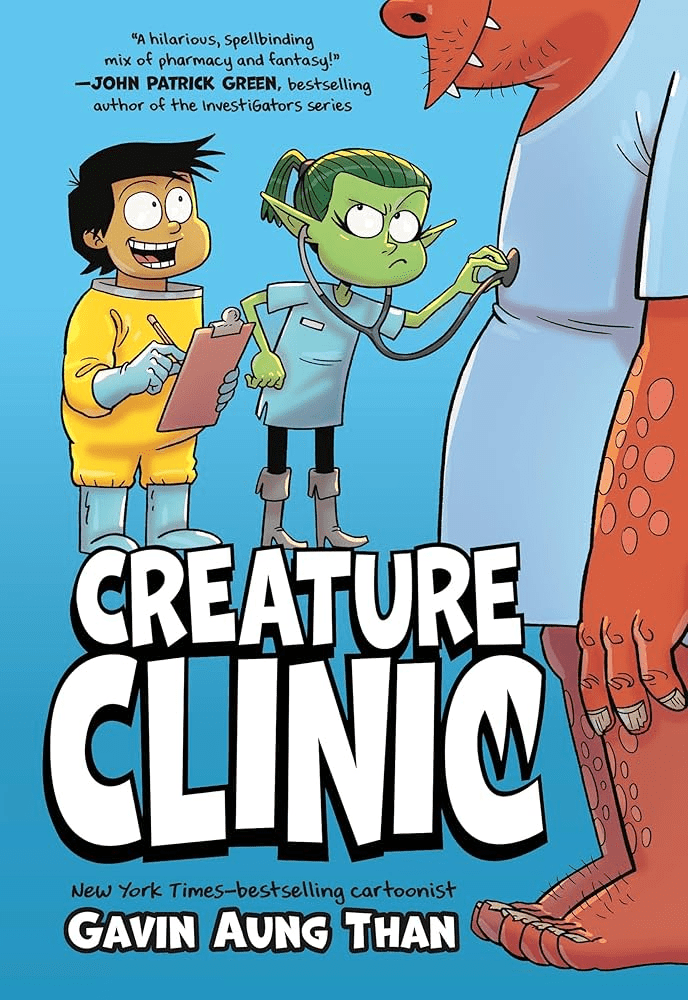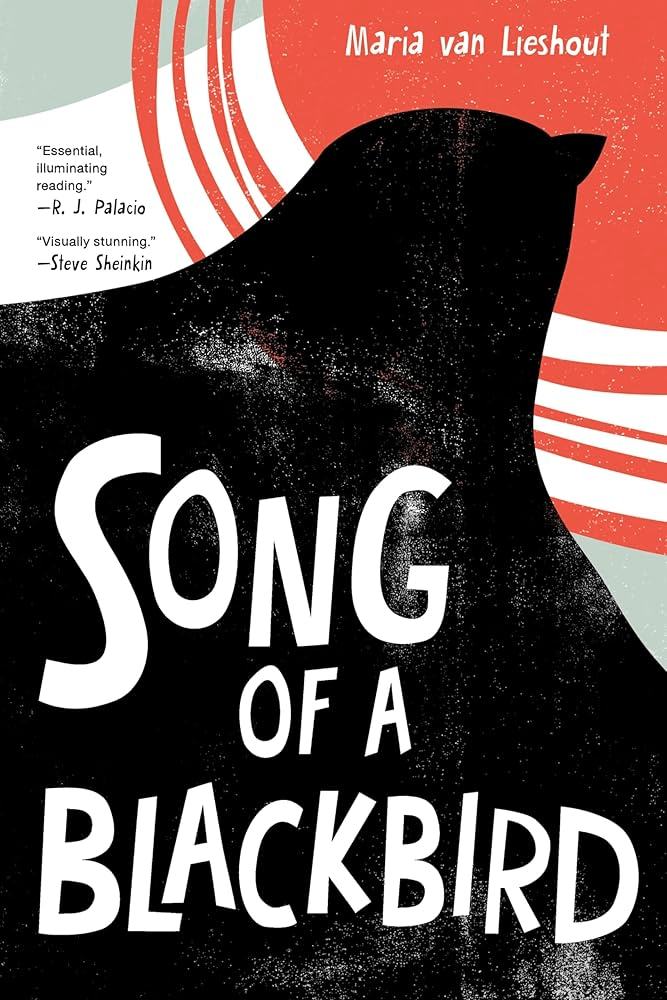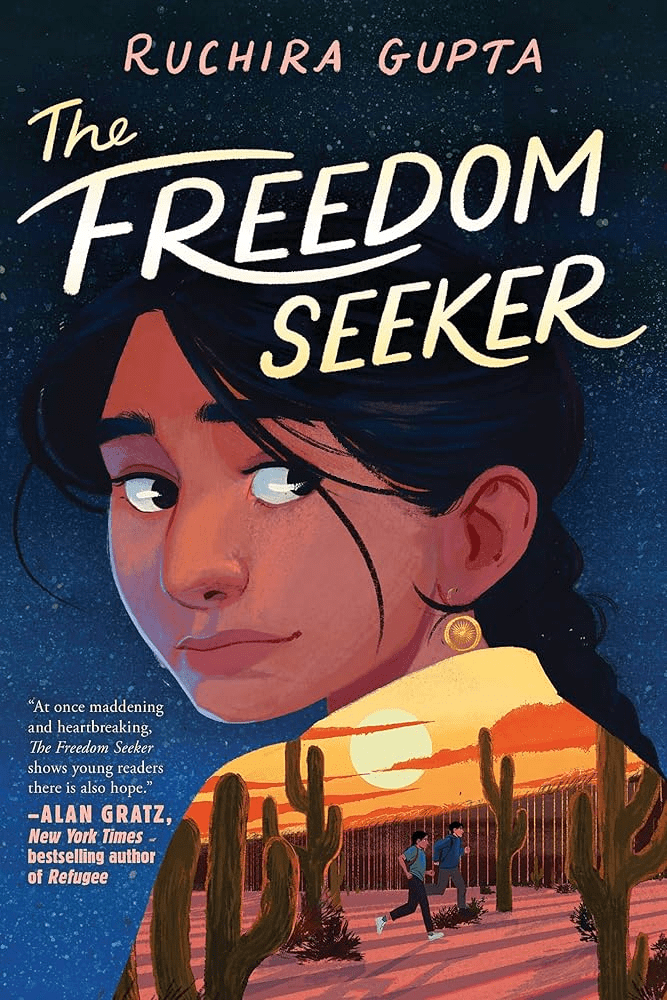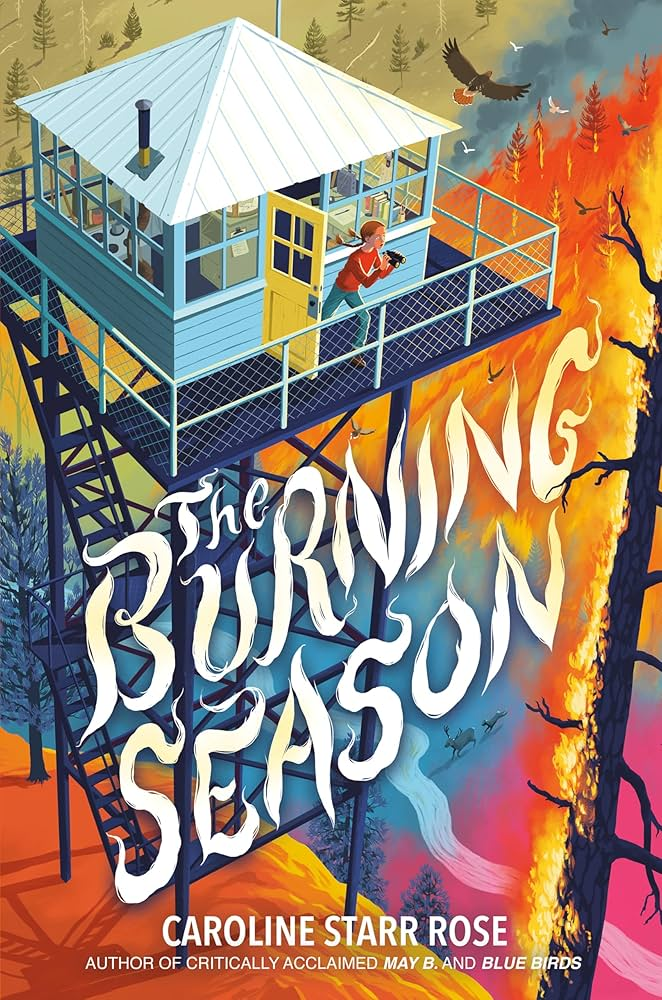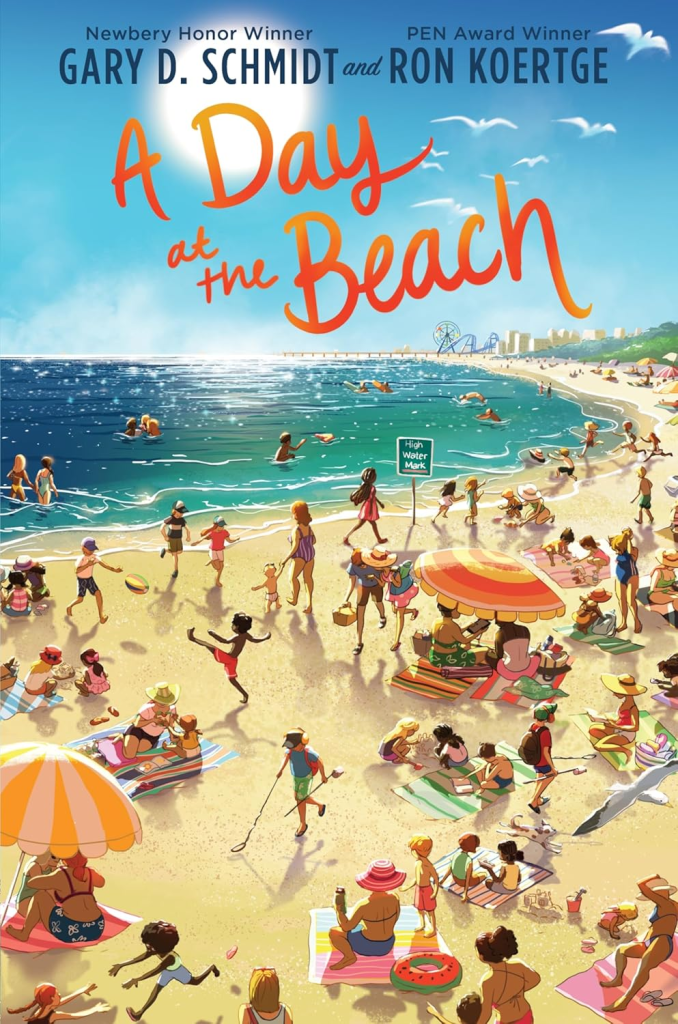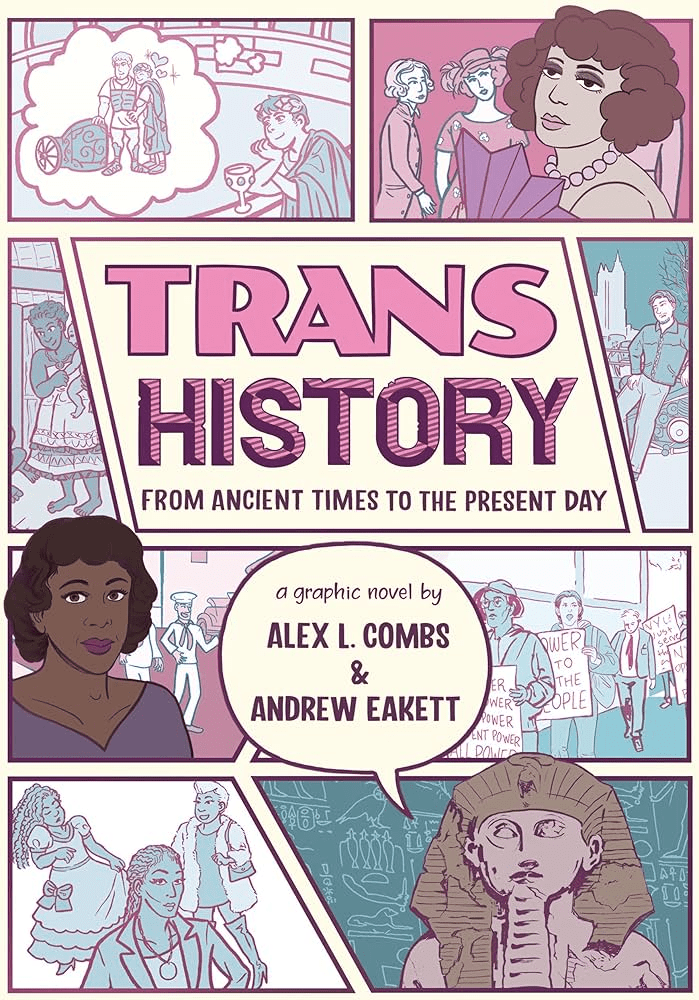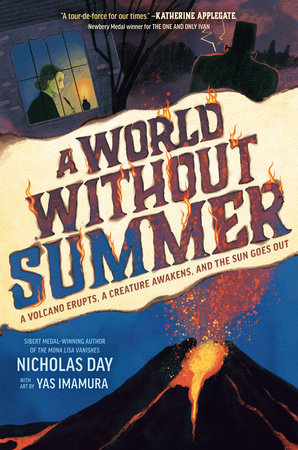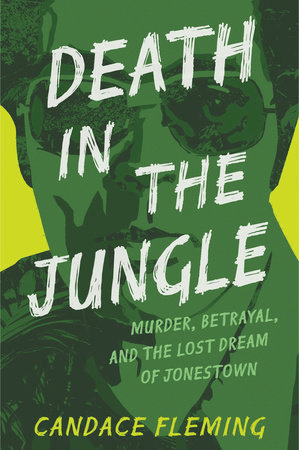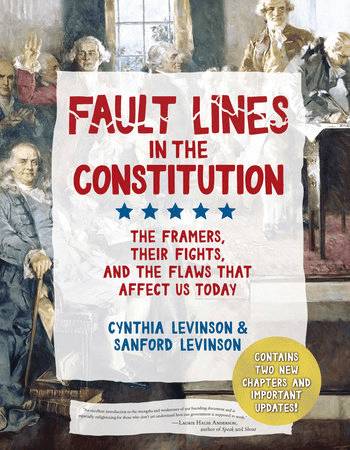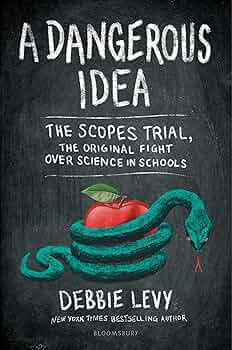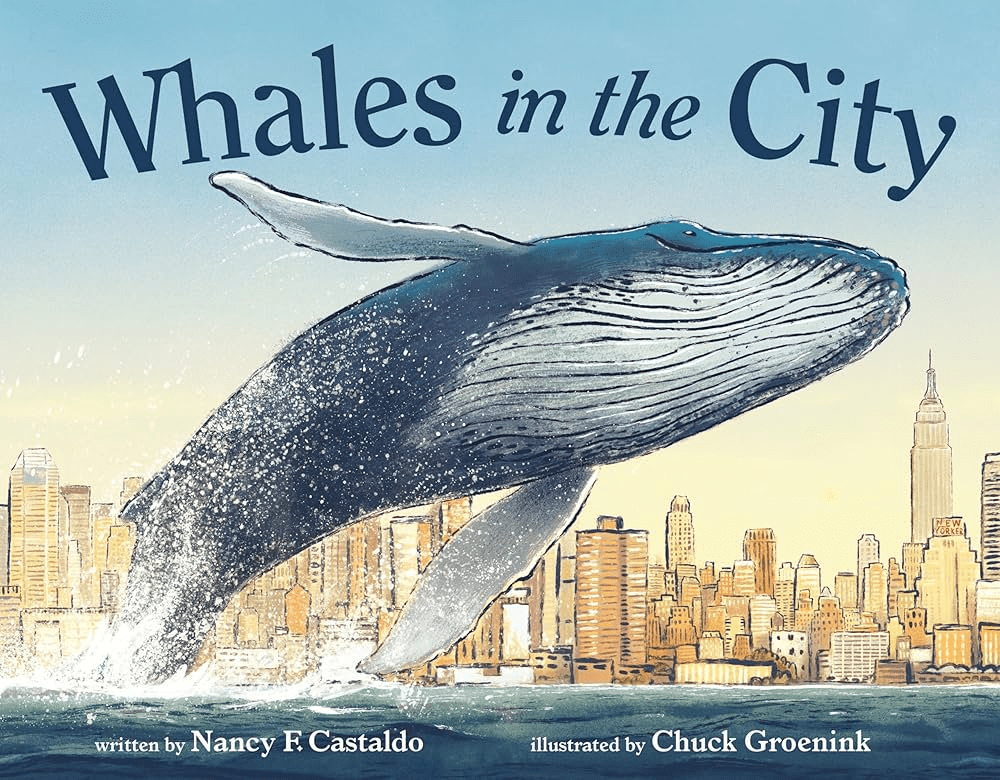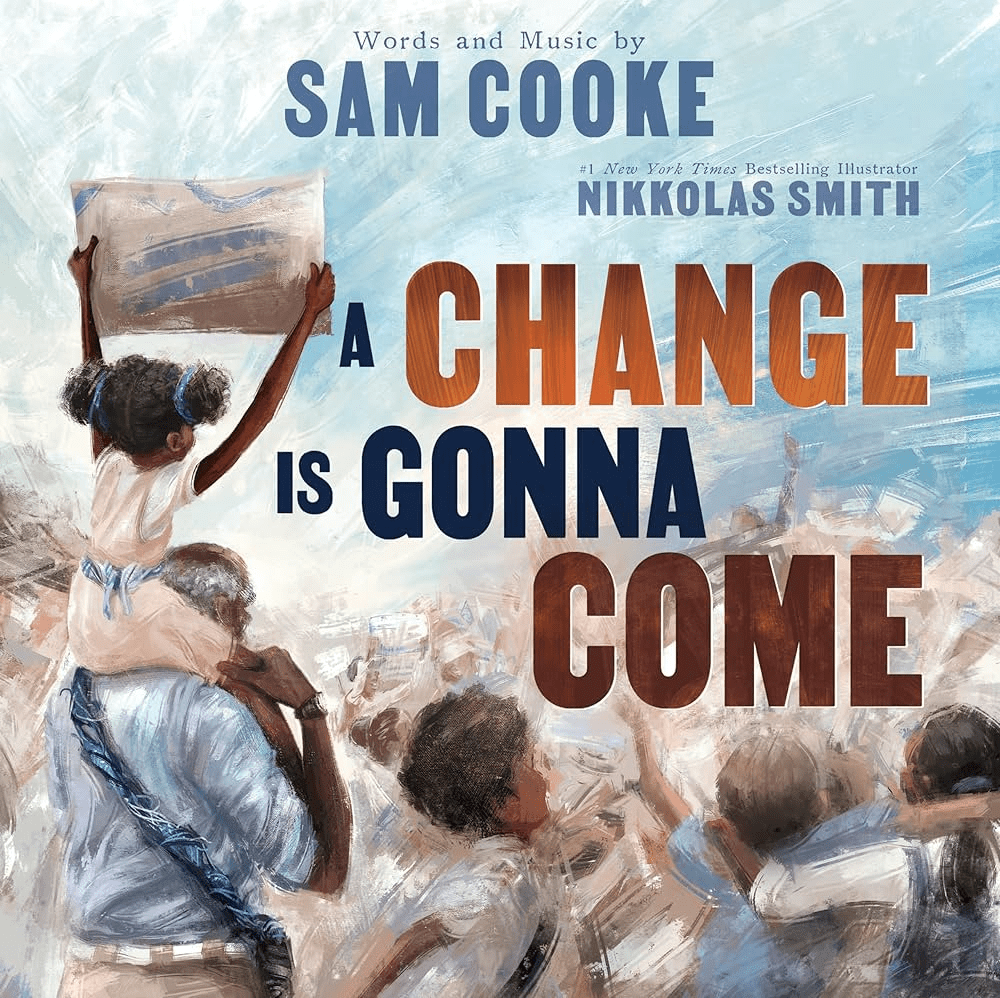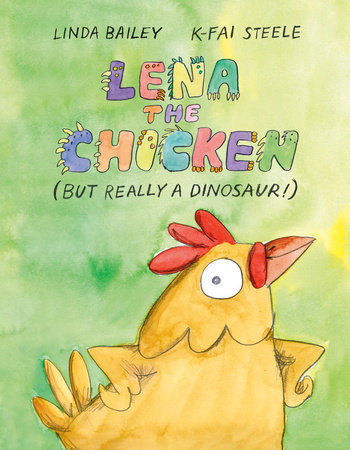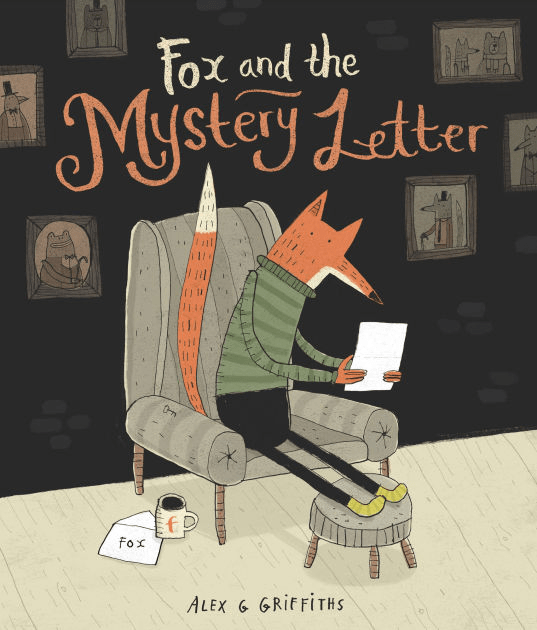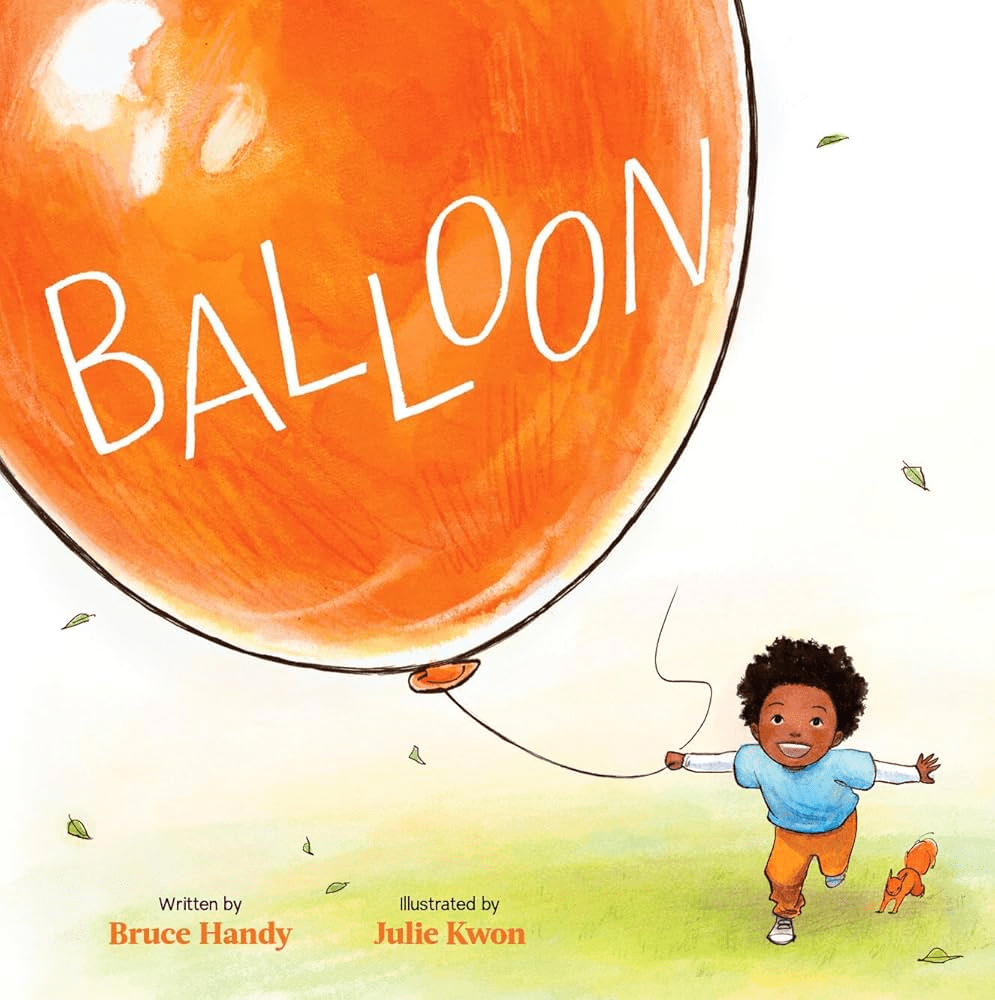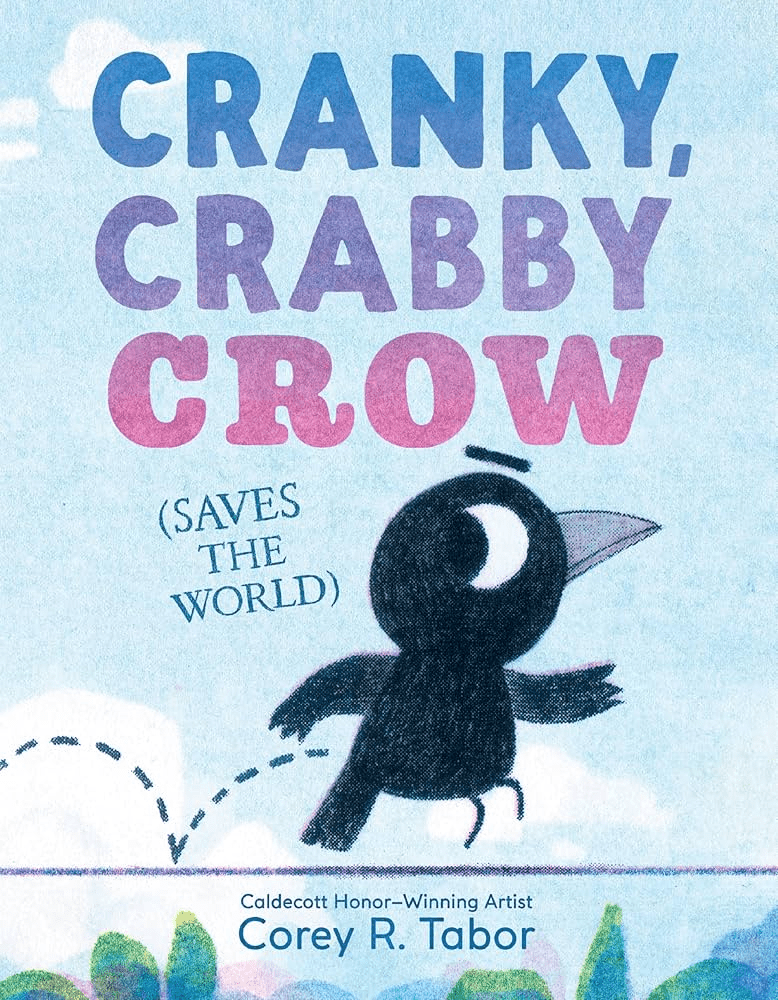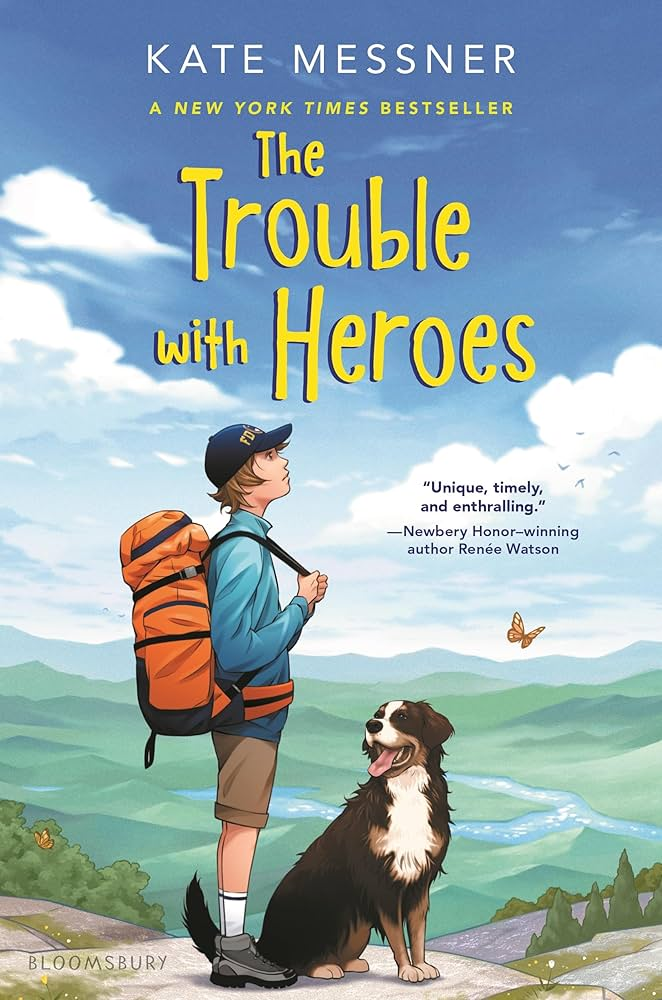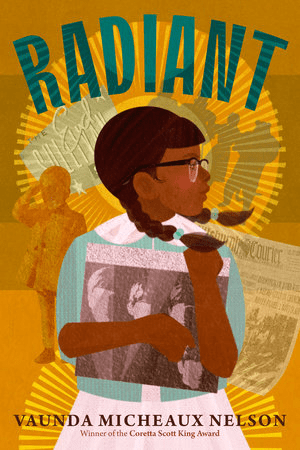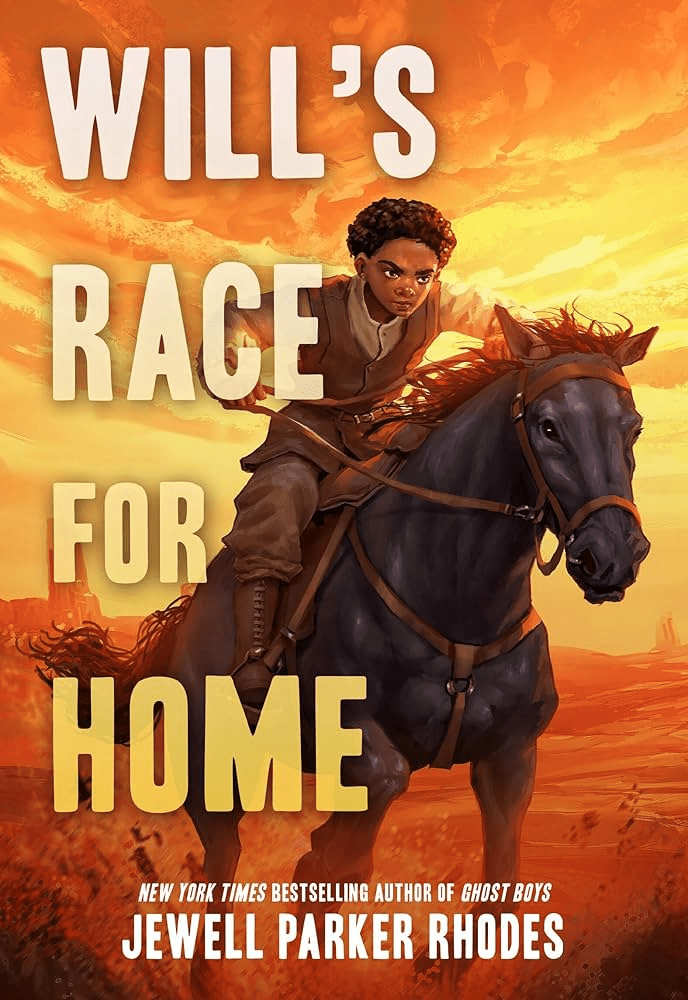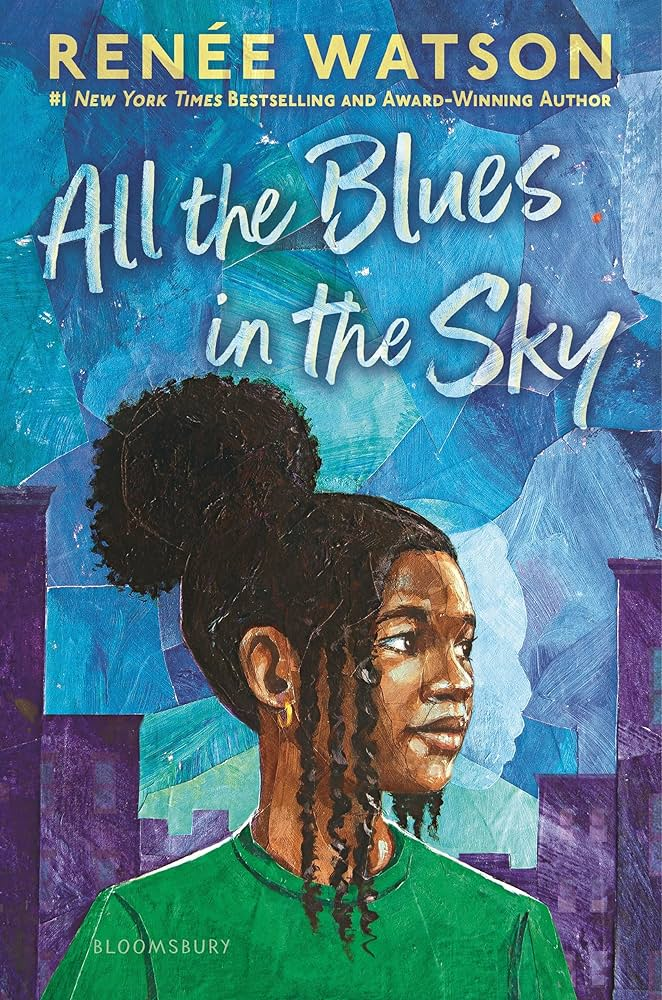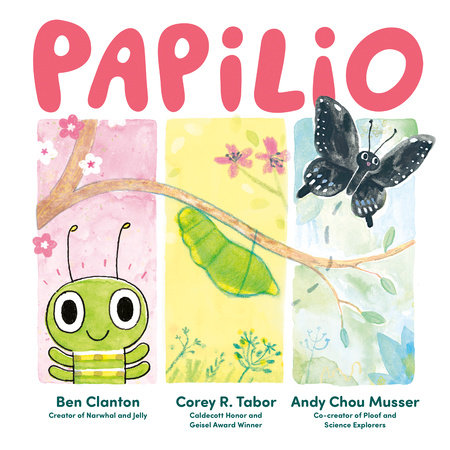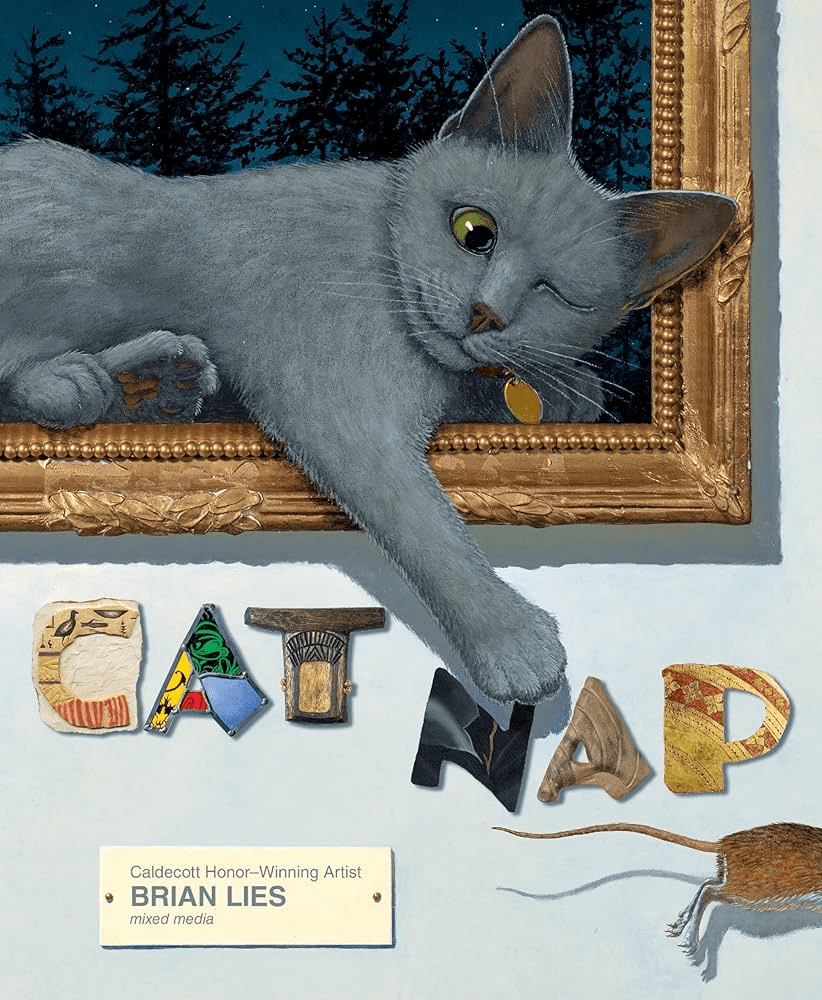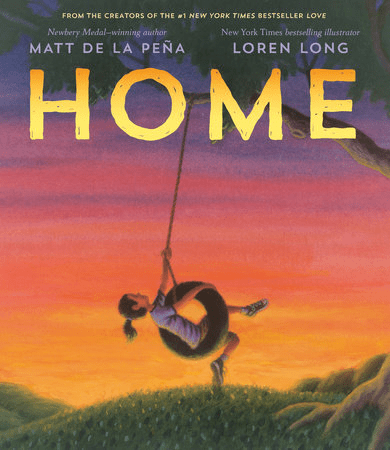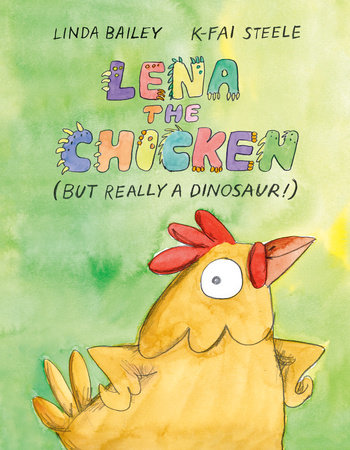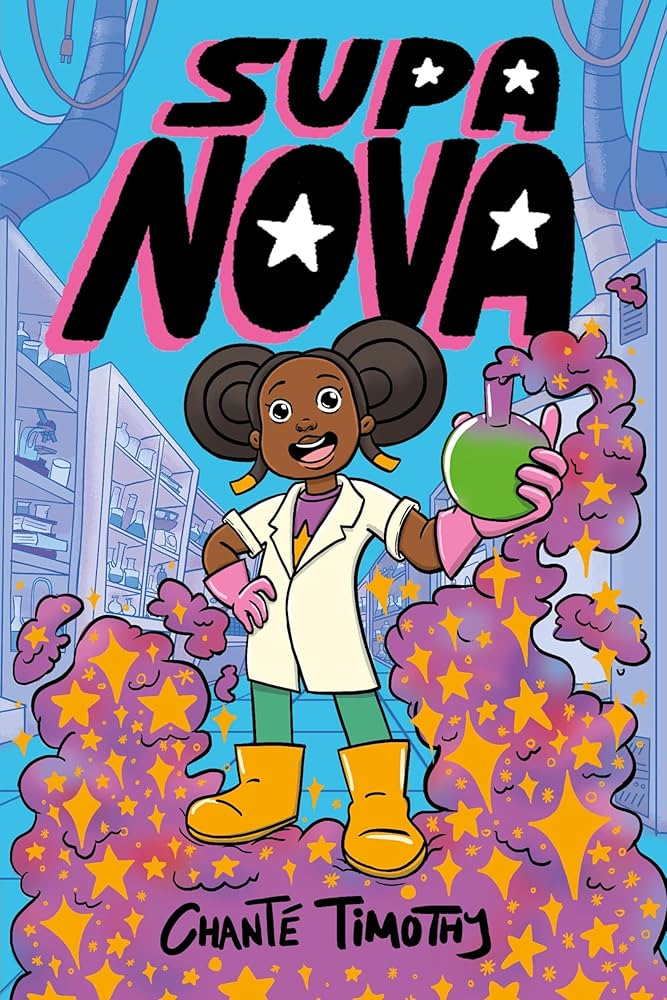Almost Sunset by Wahab Algarmi (HarperAlley, 224 pages, grades 4-7). Hassan, a middle-school boy observing Ramadan in America for the first time after moving from Yemen, experiences the challenges of fasting while trying to maintain a busy schedule of school and soccer. Finding a community helps him overcome those challenges and celebrate a joyous Eid with his family and friends.
Cabin Head and Tree Head by Scott Campbell (Tundra Books, 88 pages, grades K-4). Hailed by some (me) as “quite possibly the weirdest book ever,” this series opener is sure to attract a devoted following who will love the quirky premise and laugh-out-loud humor.
Kindred Dragons by Sarah Mesinga (Harry N. Abrams, 208 pages, grades 4-8). This fantasy take-off of Anne of Green Gables features a girl named Alice, who longs to be a kindred like other women in her community who have a special bond with a dragon. Beautiful artwork and a compelling story make this a winner.
Creature Clinic by Gavin Aung Than (First Second, 224 pages, grades 3-7). The creature clinic is run by the imperious Dr. Orc and her long-suffering daughter, Kara, who tries to help a human boy despite her mother’s belief that humans are nothing but trouble. Clever world building, lots of humor, and a heartwarming plot make me hope there will be a sequel
Song of a Blackbird by Maria van Lieshout (First Second, 256 pages, grades 8 and up). I was blown away by this National Book Award Longlist graphic novel that tells two intersecting stories about young women in Amsterdam in 1943 and 2011, narrated by a blackbird who represents the creativity that gives them both hope in dark times.
